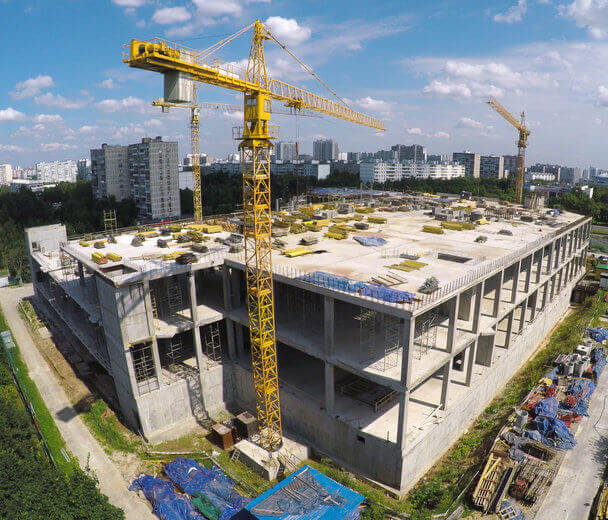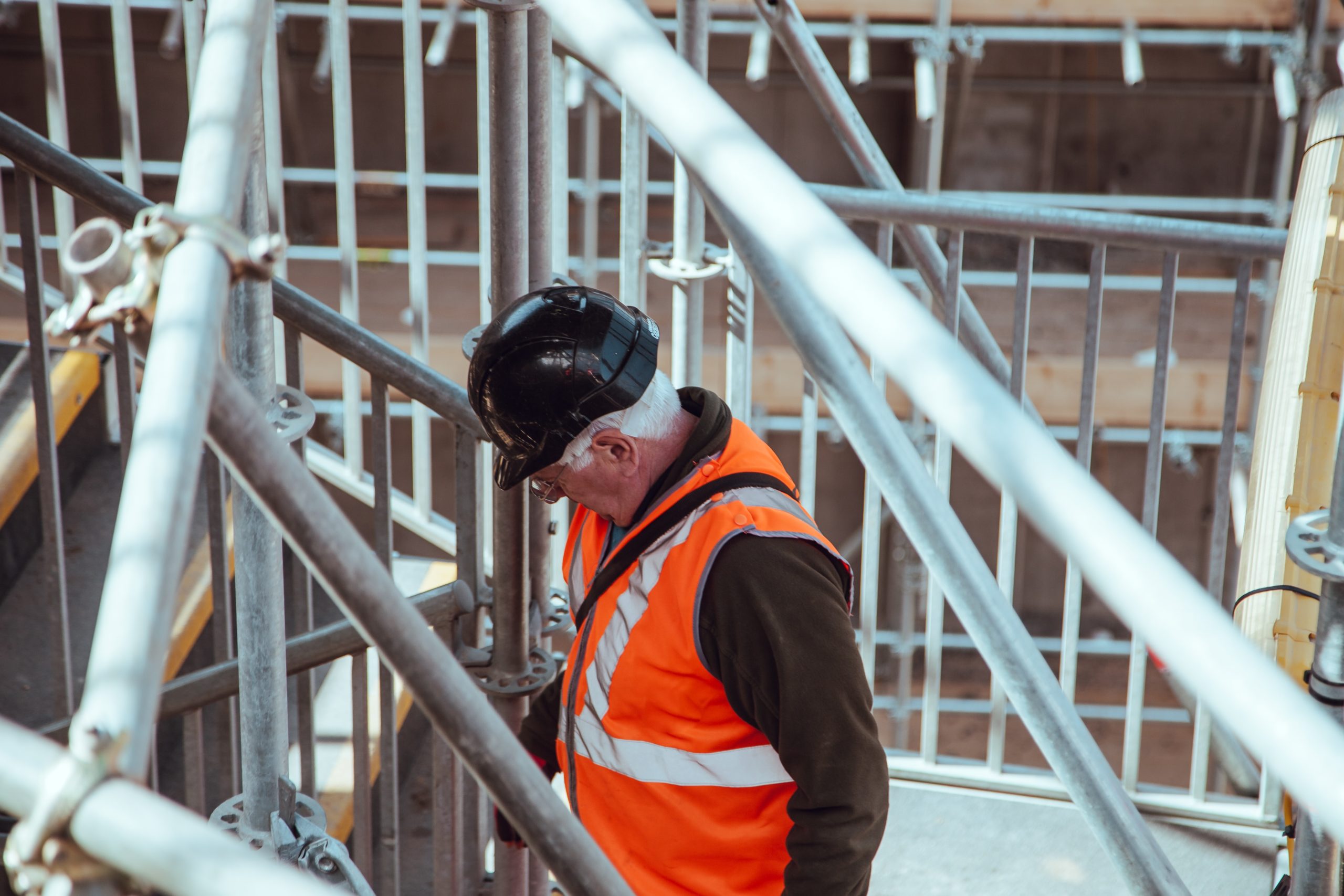
What Is Bonding Capacity? 4 Steps To Increase Bond Capacity
Many successful small contractors have found working on public projects to be a highly lucrative niche as a result of barriers to entry that prevent non-bonded contractors from bidding on these types of projects. While often profitable, successfully navigating bonded projects takes time and experience and can be more involved than non bonded projects in the private sector. Small contractors that successfully embrace this niche have generally overcome several hurdles including the establishment of a maximum bonding capacity with their surety partner.
What Is Bonding Capacity?
Bonding capacity is the maximum dollar amount a contractor is approved to be bonded for by a given surety. Similar to a line of credit, this number generally indicates the largest job a contractor can bid on when contract bonding is required. A contractors bonding capacity is often split between a single project and an aggregate limit, which is the total amount of all bonding credit currently extended on outstanding bonded projects that have not been closed out.
If a contractor wants to grow their business and entertain larger projects over time, they will need to convince their surety partner they are a safe financial risk worthy of higher bonding limits and can handle larger endeavors.
Why Is Bond Capacity Important?
Bond capacity is a very important metric for contractors looking to grow their business and take on larger, more complex projects. A contractor’s single job bond capacity is the upper limit on how large of a project they can take on while their aggregate bonding capacity limits how many projects that they can work on simultaneously. As projects increase in scope and complexity, this creates a higher level of liability and a greater potential for increased financial loss if something goes wrong.
What Determines a Contractor’s Bond Capacity?
Determining bond capacity is a complex process that involves a number of different metrics and considerations. When determining the appropriate bond capacity for a contractor, a surety will look at several key indicators. A contractor needs to demonstrate good accounting practices and run a well organized organization to build trust with their surety. The surety will also look at the financial condition of the contractor’s company to determine credit, resources and any debt it may have accrued. Additionally, they will analyze the potential of the contractor to take on more work to ensure that the contractor has the resources to be able to complete the additional work that an increased bonding capacity will allow.
How Can A Contractor Increase Their Bonding Capacity?
1. Build Trust With Your Surety Partner
Like any relationship, the first step for a contractor in establishing a new bonding capacity and eventually increasing it over time begins with trust. The surety’s primary concern in providing a contract bond for any amount is that the contractor will default on the project resulting in a bond payout. With this in mind, contractors can begin establishing trust by showing they are organized and can communicate effectively. In practice, this means a contractor should provide any requested documents to their surety underwriter in a timely and organized fashion. Updated and current financials prepared by a construction firms CPA are indicative of professional organizations. If a contractor does not completely fill out financial questionnaires or provides inadequate or incomplete documents to their surety underwriter, this sends a message that the contractor likely operates in a similar fashion with clients, which signals a big red flag that trouble could be around the corner should a bond be approved.
On a similar note, another potential red flag for surety underwriters is the habit of requesting an approved bond on a tight deadline of a few days or less because it can indicate a lack of diligent planning by a contractor. Surety underwriters are generally working on multiple bonds for many contractors at the same time. When a contractor develops the habit of not providing adequate time for proper underwriting, this could push the surety into a corner and cause it to get cold feet on current and future bond requests. Generally speaking, a surety may need at least a weeks notice on a new project to properly underwrite a new contract bond and potentially more, especially for larger bonds. Smaller projects such as those under $100,000 are significantly easier to underwrite and can be done on shorter time frames, providing other criteria is met, especially if a preexisting contract bond relationship exists with their surety.
2. Stay On Top of Your Financials
When it comes to contract bonding, surety’s are looking to not only bond contractors that are unlikely to have a bond payout, but also have the ability to repay a claim in the unlikely event one should occur. This means surety’s want their bonded contractors to have and maintain strong credit and low debt, but also have strong financials that show they are able to repay a bond claim should one occur and still stay solvent. With this in mind, if contractors want to grow their bonding capacity over time, they will need to also improve their financials with a special emphasis on liquid, tangible assets. Hard to value (or liquidate) assets such as company equity may not be of much use to a surety looking for repayment of a bond claim if the claim has threatened the financial viability of the company, or in situations where it’s hard to extract value. As with many things in life, cash is king and the more on hand a contractor has, the better.
To summarize, surety’s want to see contractors with low debt and high equity positions in tangible assets to go along with a substantial amount of liquidity in their financial holdings.
3. Expand Your Portfolio of Successful Projects
As a contractor builds their portfolio of successfully completed projects, the level of perceived risk from the surety’s perspective can be reduced. Contractors that are new to bonded projects, or lack industry experience are more likely to run into potential obstacles that could result in a bond claim. Surety’s are keenly aware of this and specifically look for contractors that are experienced in the specific type and monetary size of project that bonding is being requested for. For example, a contractor may be very experienced in developing multistory commercial tilt ups, but moving over to constructing residential apartments requires a new level of expertise that, if lacking, could signify increased risk to the surety. On a similar note, if a contractor is used to performing 1 million dollar projects and wants to take the leap to 5 million dollar projects but lacks experience handling projects of this size, this will draw additional underwriting scrutiny from surety’s with whom a bond is being requested.
In a nutshell, contractors should strive to expand their portfolio of successfully completed projects both in terms of job diversity and monetary size in order to expand their bonding capacity over time.
4. Get Organized and Stay Organized
As mentioned in the first bullet point, organization is very important to showing a potential surety a construction company is worth the bonding risk they are requesting. To expand on this topic, surety’s want to see that people and processes are in place that paint a picture of a highly organized business simply because organized businesses are much easier to predict. An unorganized business may find success on an occasional small project, but will inevitably have a much harder time scaling their venture over time. Every construction project large and small usually will have unexpected obstacles that must be overcome to keep the project moving along smoothly and the client happy. What surety’s are looking to avoid are construction company’s that create their own problems unnecessarily through a lack of organization, procedures or improperly trained employees.
To obtain a bonding capacity and expand it over time, contractors should diligently work to improve the structure of their organization, the people that run it and the processes that keep things running like a well oiled machine in order to show they are worthy of additional bonding capacity in the future.
HAVE BONDING QUESTIONS?
Call us today at 1-800-682-1552 to speak with a licensed contractors bond specialist.
Mon-Fri 8:30am-5:00pm
Or






